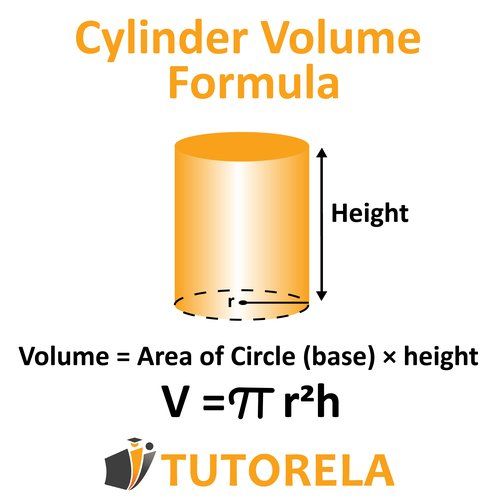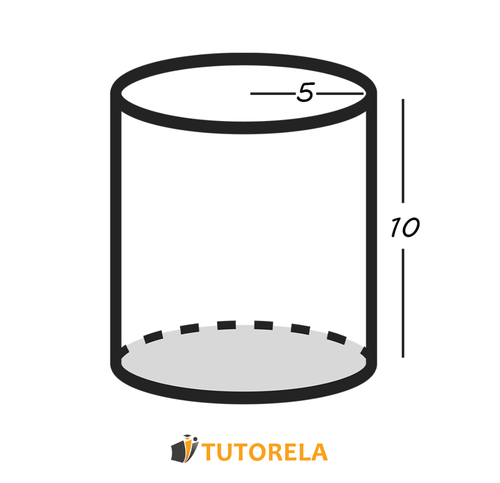The volume of the cylinder is basically the volume enclosed between the two bases and its shell.
To calculate it we need the radius of the cylinder and the height of the cylinder .
In geometry it is customary to mark the volume with the letter .
The formula for the volume is:
(pi) is a mathematical constant whose value is (approximately) equal to. .










